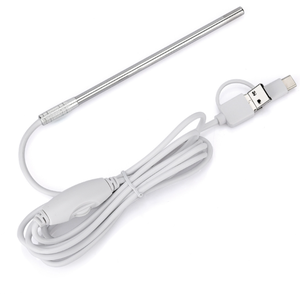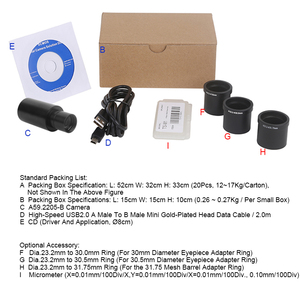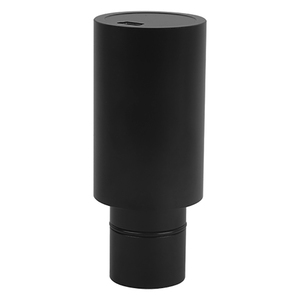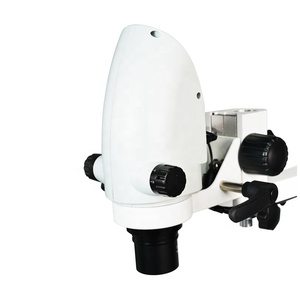Introduction to Types of Microscopes
Microscopes are indispensable tools in various fields such as biology, medicine, and materials science. They serve the vital function of magnifying tiny details that are invisible to the naked eye, allowing researchers and professionals to explore microscopic worlds. With various applications ranging from educational purposes to advanced scientific research, understanding the types of microscopes available can greatly enhance your experience and results. This detailed guide will provide insights into the different types of microscopes, their features, applications, and advantages.
Types of Microscopes
There are several types of microscopes tailored for specific applications, each designed to suit different needs and industries. Here are the primary types of microscopes:
- Light Microscopes: Utilize visible light to illuminate samples, making them ideal for observing live specimens.
- Electron Microscopes: Use electron beams for higher magnification and resolution, enabling the study of ultra-structural details.
- Fluorescence Microscopes: Exploit fluorescence to observe specific components within a sample, commonly used in biological research.
- Confocal Microscopes: Feature lasers to focus on a specific plane within a sample, providing high-resolution 3D imaging.
- Stereo Microscopes: Provide a three-dimensional view of larger specimens, perfect for dissections or inspection of larger objects.
Applications of Types of Microscopes
Each type of microscope is designed with specific applications in mind, greatly enhancing their usability across various fields. Understanding their applications can help in selecting the right type for your needs:
- Light Microscopes: Often found in educational settings, laboratories, and hospitals for examining tissues, cells, and microorganisms.
- Electron Microscopes: Used for materials science, nanotechnology, and biology, providing detailed images of cellular components and materials.
- Fluorescence Microscopes: Essential in biomedical research for studying cellular processes, localization of proteins, and interactions between biomolecules.
- Confocal Microscopes: Widely used in research settings for high-resolution imaging of thick specimens and biological tissues.
- Stereo Microscopes: Commonly employed in industrial applications, quality control, and forensic investigations, where 3D views enhance visibility of structures.
Features and Advantages of Various Microscopes
The type of microscope selected can greatly impact the quality and usefulness of your observations. Each type possesses distinctive features that provide specific advantages:
- Light Microscopes:
- Simple operation with lower costs
- Wide range of sample preparation techniques
- Electron Microscopes:
- High-resolution imaging capable of magnifications up to 10 million times
- Ability to visualize the fine details of structure and composition of specimens
- Fluorescence Microscopes:
- Ability to selectively visualize specific molecules within cells
- Highly sensitive detection capabilities
- Confocal Microscopes:
- High-resolution 3D imaging for complex structures
- Minimal photodamage thanks to precise laser focus
- Stereo Microscopes:
- Three-dimensional visualization of specimen
- Ideal for manipulation and detailed inspection
Choosing the Right Type of Microscope
Selecting the appropriate type of microscope can dramatically improve your work efficiency and outcomes. Here are some tips to help you make an informed decision:
- Identify the primary purpose: Consider what you will be observing. For example, biological studies may require a fluorescence microscope, whereas material inspections might benefit from an electron microscope.
- Determine the required magnification: Assess how much detail you need. Light microscopes suffice for general observations, but electron microscopes are necessary for nanoscale imaging.
- Consider budget constraints: Balance your needs with affordability, keeping in mind the long-term investment of equipment.
- Think about sample types: Different micro-analysis methods may require specific sample preparations; choose a microscope that accommodates your specimens.




















































































































































































